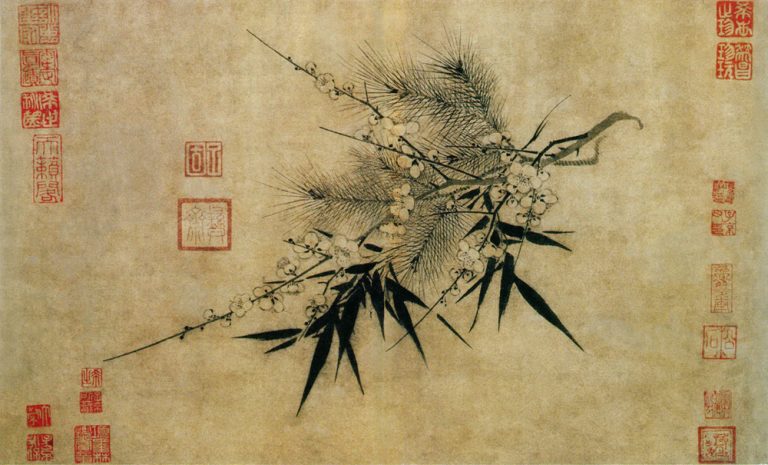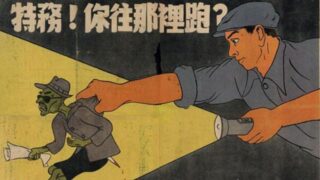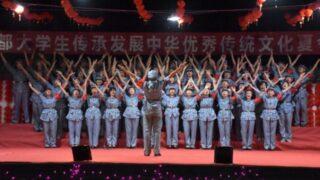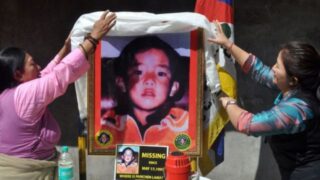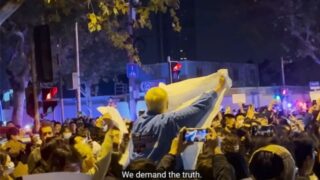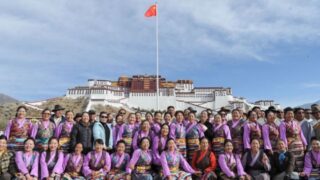Second part of “Bitter Winter” exclusive report on Tibetans enlisted in Beijing’s People’s Liberation Army. There are various reasons why China recruits them.
by Marco Respinti.
Article 2 of 2. Read article 1.
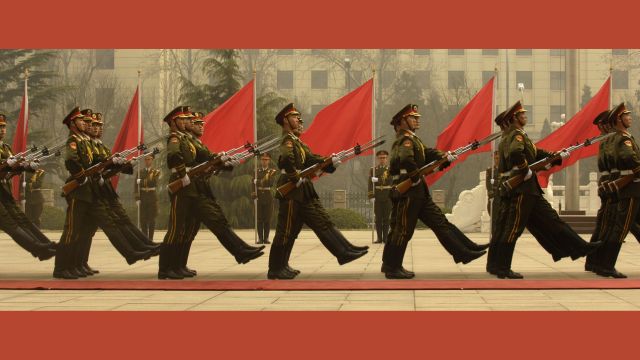

Tibetans are recruited in the People’s Liberation Army (PLA), China’s military force. Why? The proximate cause is that, wanting to strengthen its military presence around the “Line of Actual Control” (LAC) at the contested border with India, the Chinese regime encountered difficulties in acclimatizing its usual troops at those extreme environments. Han Chinese are accustomed to the average mainland China whether conditions, which are milder. Additionally, the PLA noted the prowess of the Vishesh Seema Bal, the Special Frontier Force of India, many of whom are Tibetan refugees and Gurkhas, during the Indian Army’s operations on August 29‒30, 2020, that secured the high peaks of the Kailash ranges of the Trans-Himalaya. Extending over China, India and Nepal in parallel to the Himalayas, this is a strategic area in the western part of the Tibetan Plateau, which is included only partially in the TAR.
But there is also a remote, deeper cause for drafting Tibetans into the PLA. One of the main theatres of collision during the Spring and Summer 2020 confrontation between China and India was the Galwan Valley, in Ladakh. In the face of that, the Chinese regime felt the urgency to strengthen Tibetans’ loyalty and keep surveillance over their families, the second goal being very often the tool to obtain the first. Thus, Beijing directed the PLA’s senior commanders to enlist at least one soldier from each Tibetan family. This ideally reminds the “home-stay” program imposed by the CCP to Uyghurs in the XUAR. In that case, over a million party officials invaded Uyghur families as “guests,” while in the TAR “guests” are taken from families to serve party officials: in both cases, the regime brutally interferes with households in name of its capillary control over its citizens.
Another fact proves it. The never forgotten seriousness of the Galwan Valley incident pushed the political and military authorities also to coerce around 20 fighters from the Enbo Fight Club (EFC) to form the Plateau Resistance Tibetan Mastiffs, based in Lhasa and stationing in the Tibetan plateau. EFC, known for mixed martial arts, is a gym located in Chengdu, the capital city of the Chinese province of Sichuan. It was founded in 2001 by a Chinese ethnic Tibetan citizen and retired army police officer. It often does charitable work for impoverished families.
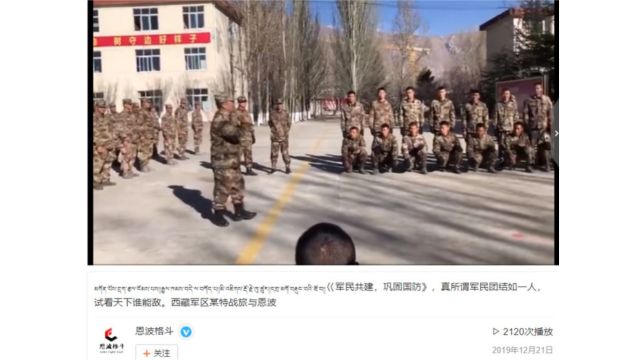

But the PLA is employing the EFC fighters to provide hand-to-hand combat training to soldiers in the region. This reflects the regime’s efforts to address its perceived security concerns in the area, yet what may seem a normal employment of local resources—including civilians, a decision that Beijing has been now implementing for a while—is instead another form of oppression. In fact, information gathered by “Bitter Winter” from Tibetan informants makes it evident that those EFC fighters were induced into joining the military only after threats against their families. However, their decision to join led—our sources report—to severe backlash from their own community. Consequently, they suffered a loss of financial and emotional support from fellow Tibetans. In fact, these individuals, once celebrated and supported by Tibetans both within and outside the TAR, have been later facing ostracism and scorn. Criticism and disdain towards them become pronounced—our informants told us—, particularly on DouYin, a popular Chinese social media platform, where Tibetans have begun labelling them as “Chinese dogs,” a deeply derogatory term in Tibetan culture.
Now, what is glaringly missing in this scenario is a distinct Tibetan regiment within the PLA structures. This underscores Beijing’s apprehensions regarding Tibetans. Sources reported to “Bitter Winter” that the Chinese government has been heard saying it will never provide arms and ammunition to them since it fears that, once equipped with weapons, Tibetans may also retaliate against the regime.
Furthermore, the 2008 protests against the PRC’s persecution that took place across all the Tibet plateau and caused tens of victims, to which almost 160 confirmed cases of self-immolations followed, only increased the CCP’s fears. It is evident from several of its policies. For example, China is aggressively constructing and upgrading numerous airports and heliports in the western regions of the TAR and the XUAR. This infrastructure development started in 2017 but was reinforced after the 2020 LAC incident, accompanied by the enhancement of roads, railways, and other logistic capabilities, which facilitate swifter troop movements and weapon deployment for the PLA.
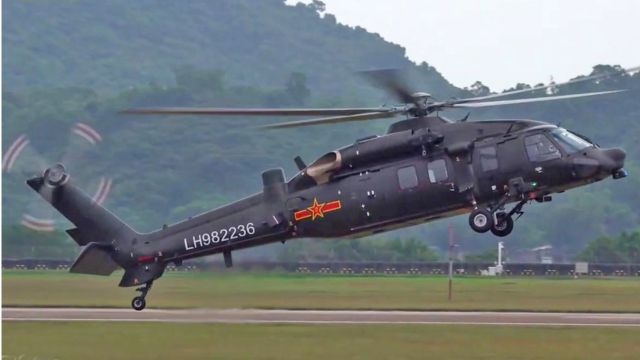

Also, the establishment of new and improved airports around the LAC is expected to stimulate economic growth and tourism by connecting these areas more closely with the PRC’s major commercial and political hubs‒as far as all this fits and benefits the regime’s astute way to totalitarianism “with Chinese characteristics,” i.e. controlled, scrutinized, and spied liberty.
The Chinese dual-use approach, serving both military facilities and granting more securitization devices, has been well described by the Washington, D.C.-based Center for Strategic & International Studies’s “ChinaPower” observatory. Nonetheless, the overarching strategy of the PRC, driven by internal insecurities and external geopolitical considerations, had already been detected in 2016 by Tsering Topgyal, Assistant Professor of International Relations at the Department of Politics and International Studies of the University of Birmingham, the UK, in his book “China and Tibet: Perils of Insecurity.”
Beijing’s profound sense of unsafety, he argued, fueled by its perception of sociopolitical vulnerability, significantly influences its policies regarding Tibet’s religious, linguistic, educational, and economic spheres. The regime’s refusal to acknowledge the existence of a “Tibet Issue” and its rejection of proposals for real Tibetan autonomy stem from fears of undermining its nation-building endeavors. Years have passed since, but this “Chinese complex” over Tibet (and Xinjiang, that its non-Han inhabitants call East Turkestan) has only increased with the unfolding and progress of the Xi Jinping-era.
Since President Xi’s rise to top power at the highest level of the CCP and the state, respectively in 2012 and 2013, secured virtually forever through the removal of the two-term limit on the presidency in 2018, the Communist nomenklatura in Beijing has in fact constantly grown in its deep concerns about instability and the purported potential for “separatist” movements using “terrorist” tactics in both the TAR and the XUAR. All the efforts to increase the already extensive surveillance measures and massive control over the populations of those two regions especially aim in fact at suppressing their ethnic non-Han components on a scale that has become paroxysmal and at a pace justified only by—unjustifiable panic.
